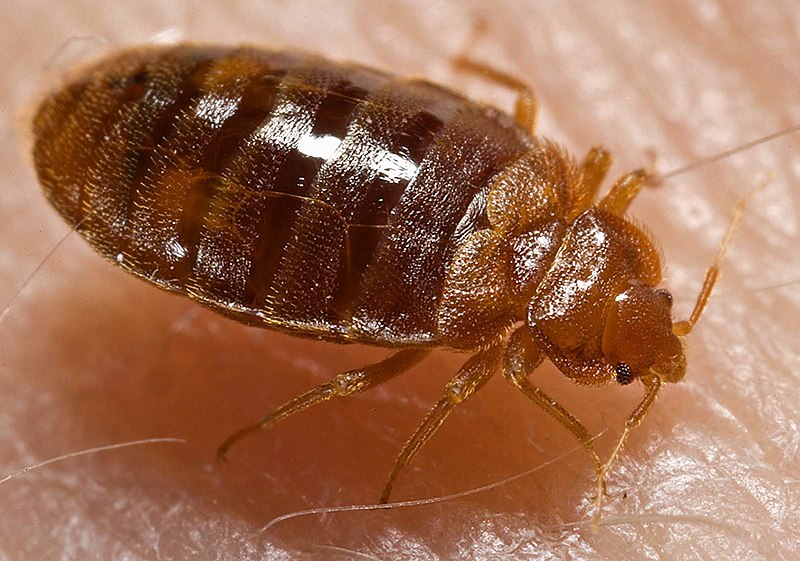Sary:Bed bug, Cimex lectularius.jpg
Apparence

Haben'ny topi-maso: 800 × 561 teboka. Habe hafa: 320 × 224 teboka | 640 × 449 teboka | 1 024 × 718 teboka | 1 280 × 898 teboka | 1 600 × 1 122 teboka
Rakitra niaviana (1 600 × 1 122 teboka, haben'ilay rakitra : 161 kio, endrika MIME : image/jpeg)
Tantara ny rakitra
Tsindrio eo amin'ny daty/ora iray mba hijery ny toetra n'ilay rakitra tamin'io fotoana io.
| Daty sy ora | saritapaka | Habe | Mpikambana | resaka | |
|---|---|---|---|---|---|
| ankehitriny | 17 Mey 2007 à 14:11 |  | 1 600 × 1 122 (161 kio) | Patho | == Summary == {{Information |Description=ID#: 9822 Description: This 2006 photograph depicted an oblique-dorsal view of a '''bed bug nymph, Cimex lectularius''', as it was in the process of ingesting a blood meal from the arm of a “voluntary” human h |
Fampiasana an'io rakitra io
Mampiasa ity rakitra ity io pejy io:
Fampiasan-drakitra maneran-tontolo
Mampiasa ity rakitra ity ireo wiki hafa ireo:
- Fampiasana eo amin'i af.wikipedia.org
- Fampiasana eo amin'i an.wikipedia.org
- Fampiasana eo amin'i ar.wikipedia.org
- Fampiasana eo amin'i arz.wikipedia.org
- Fampiasana eo amin'i ast.wikipedia.org
- Fampiasana eo amin'i as.wikipedia.org
- Fampiasana eo amin'i azb.wikipedia.org
- Fampiasana eo amin'i be.wikipedia.org
- Fampiasana eo amin'i bg.wikipedia.org
- Fampiasana eo amin'i bjn.wikipedia.org
- Fampiasana eo amin'i bn.wikipedia.org
- Fampiasana eo amin'i bs.wikipedia.org
- Fampiasana eo amin'i ca.wikipedia.org
- Fampiasana eo amin'i ca.wikiquote.org
- Fampiasana eo amin'i ca.wiktionary.org
- Fampiasana eo amin'i ceb.wikipedia.org
- Fampiasana eo amin'i cs.wikipedia.org
- Fampiasana eo amin'i cv.wikipedia.org
- Fampiasana eo amin'i dag.wikipedia.org
- Fampiasana eo amin'i de.wikibooks.org
- Fampiasana eo amin'i din.wikipedia.org
- Fampiasana eo amin'i el.wikipedia.org
- Fampiasana eo amin'i eml.wikipedia.org
- Fampiasana eo amin'i en.wikipedia.org
- Fampiasana eo amin'i en.wikinews.org
- Fampiasana eo amin'i en.wiktionary.org
Hijery fampiasana eran-terikasan'ity rakitra ity.

